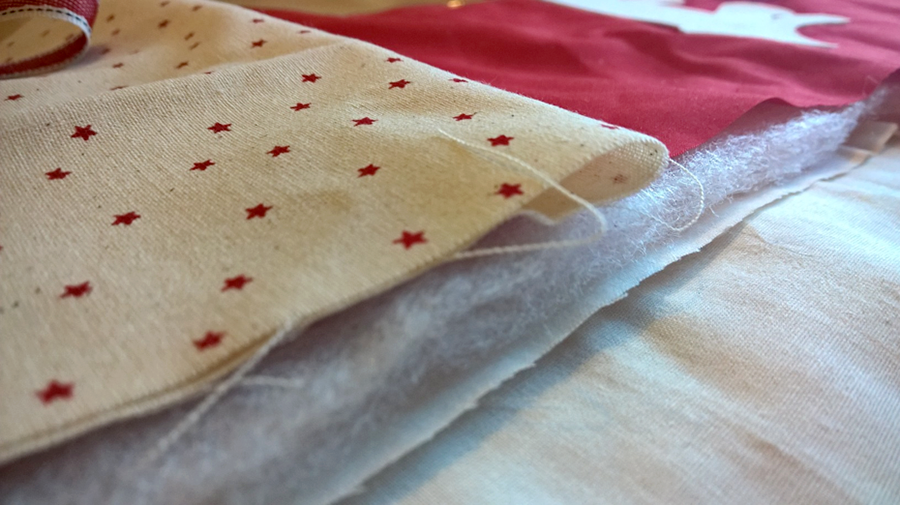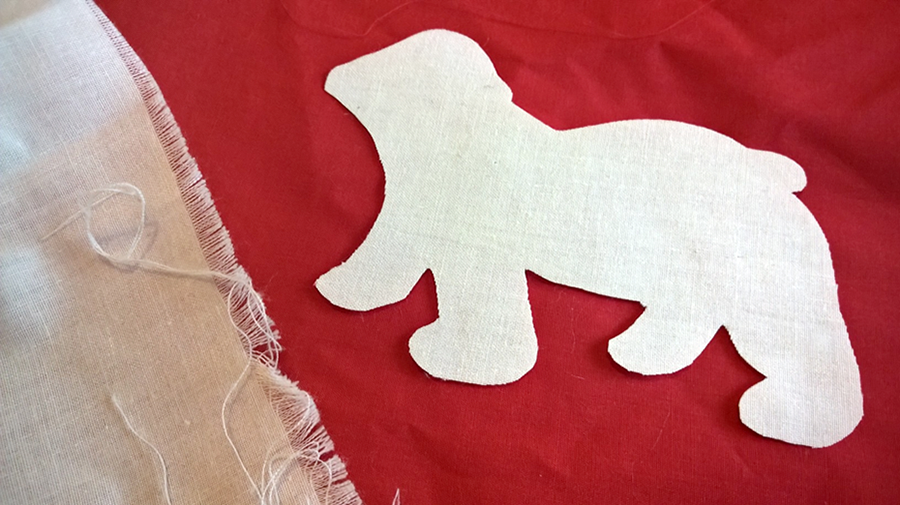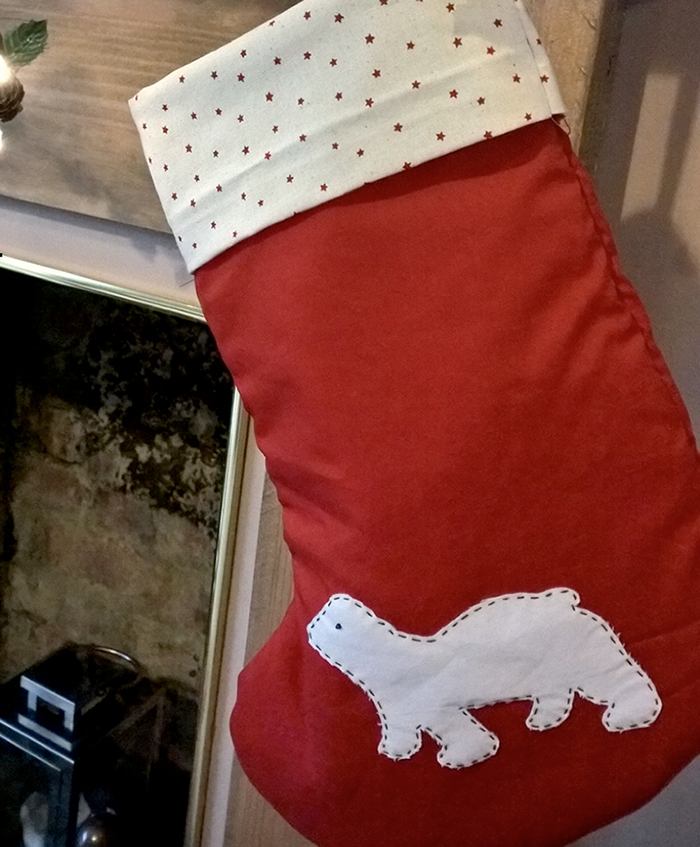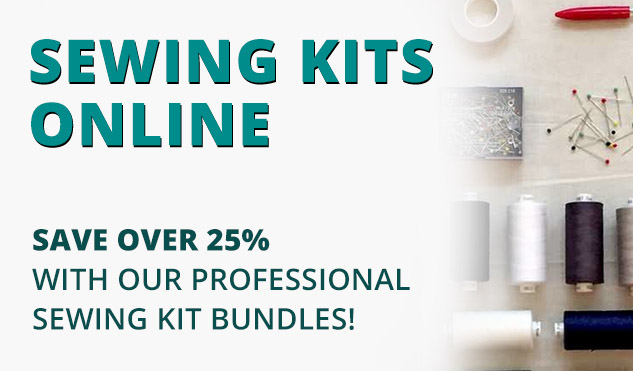

RECENT POSTS
- The Great British Sewing Bee 2024: what we know so...
25 Apr 2024The Great British Sewing Bee is returning to our screens... read more - 6 inspiring sewing podcasts to listen to in 2024 (and...
1 Mar 2024I love having something on in the background while I'm... read more - Beginner Quilting: Bind a quilt with mitred corners
22 Jan 2024Welcome back to our beginner series on quilting. We've covered... read more - Great British Sewing Bee: Christmas Special 2023!
19 Dec 2023The Great British Sewing Bee is back for a Christmas... read more - A Festive Note & Christmas Opening Hours
5 Dec 2023Dear customers, suppliers and friends, As we come to the... read more - Beginner Quilting: attaching quilt wadding and backing
22 Nov 2023Welcome back to our mini-series on learning how to quilt.... read more - Beginner Quilting Series: how to sew an ohio star quilt...
26 Oct 2023I'm not sure there's anything cosier than a handmade quilt.... read more - Sewing Your Own Underwear: Is It Worth It?!
20 Sep 2023I love figuring out how to make things that I... read more - Great British Sewing Bee 2023 Final! Episode recap and sewing...
29 Jul 2023This week was the final of the 2023 Great British... read more - The Sewing Bee: Episode 9 – Utilitarian Week (semi-final!)
24 Jul 2023This latest week is the Great British Sewing Bee's semi-final,... read more - The Art of Interfacing Fabric: Elevating Your Sewing Projects
21 Jul 2023When it comes to creating beautiful and professional-looking sewing projects,... read more - The Ultimate Guide to Sewing Machine Needles: Everything You Need...
21 Jul 2023If you're a sewing enthusiast, you understand the importance of... read more
BLOG CATEGORIES
- The Sewing Bee (26)
- 10 Dresses for the Festive Season (10)
- William Gee: STUDIO (28)
- Gee's Sewing Blog (155)
- Industry Trends and News (52)
- Project Space (30)
- Alterations and Upcycling (35)
- Vintage Corner (8)
- Versus Series (7)
- Sewing for Beginners (44)


















 We’re thrilled to announce that we’ve partnered with Tree Nation, the platform to reforest the world & fight climate change! Home to over 90 planting projects in 33 countries, Tree Nation is a non-profit organisation that helps people & companies offset their CO2 emissions.
We’re thrilled to announce that we’ve partnered with Tree Nation, the platform to reforest the world & fight climate change! Home to over 90 planting projects in 33 countries, Tree Nation is a non-profit organisation that helps people & companies offset their CO2 emissions.